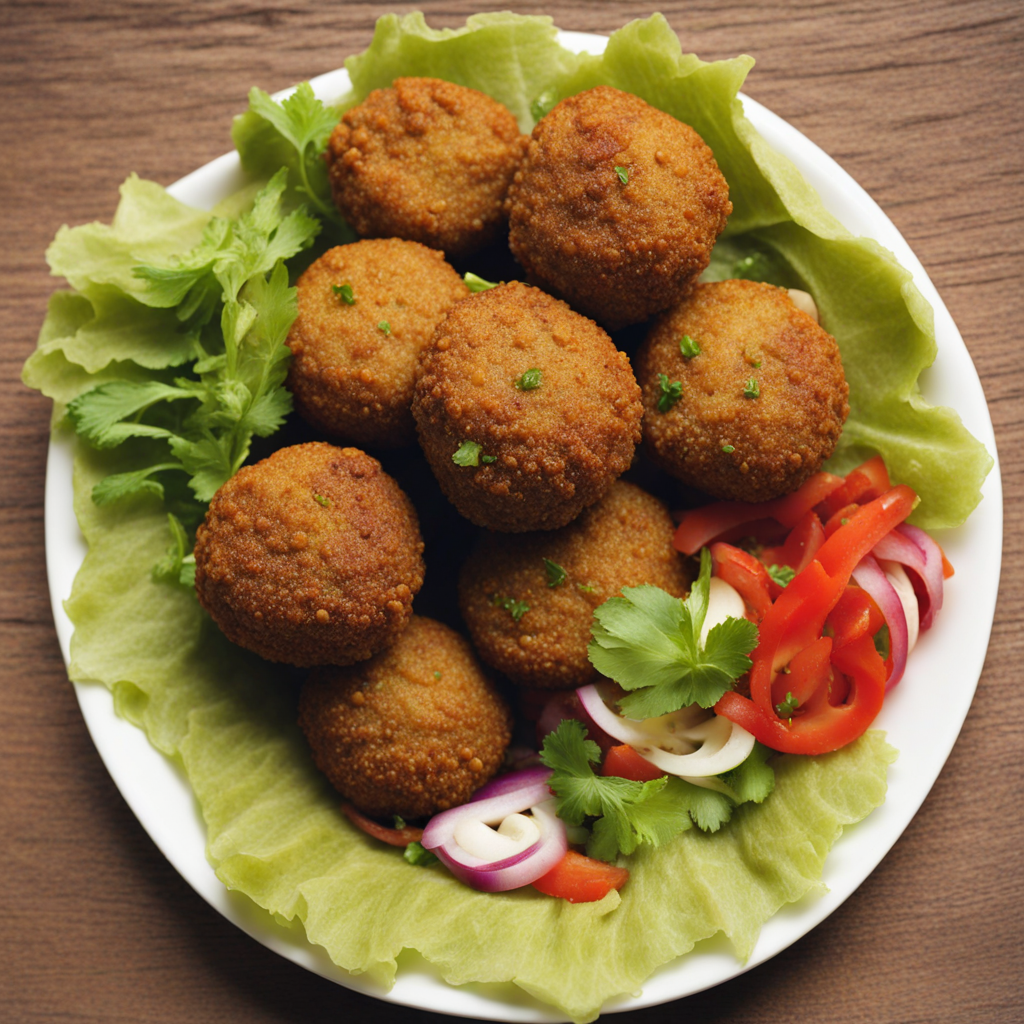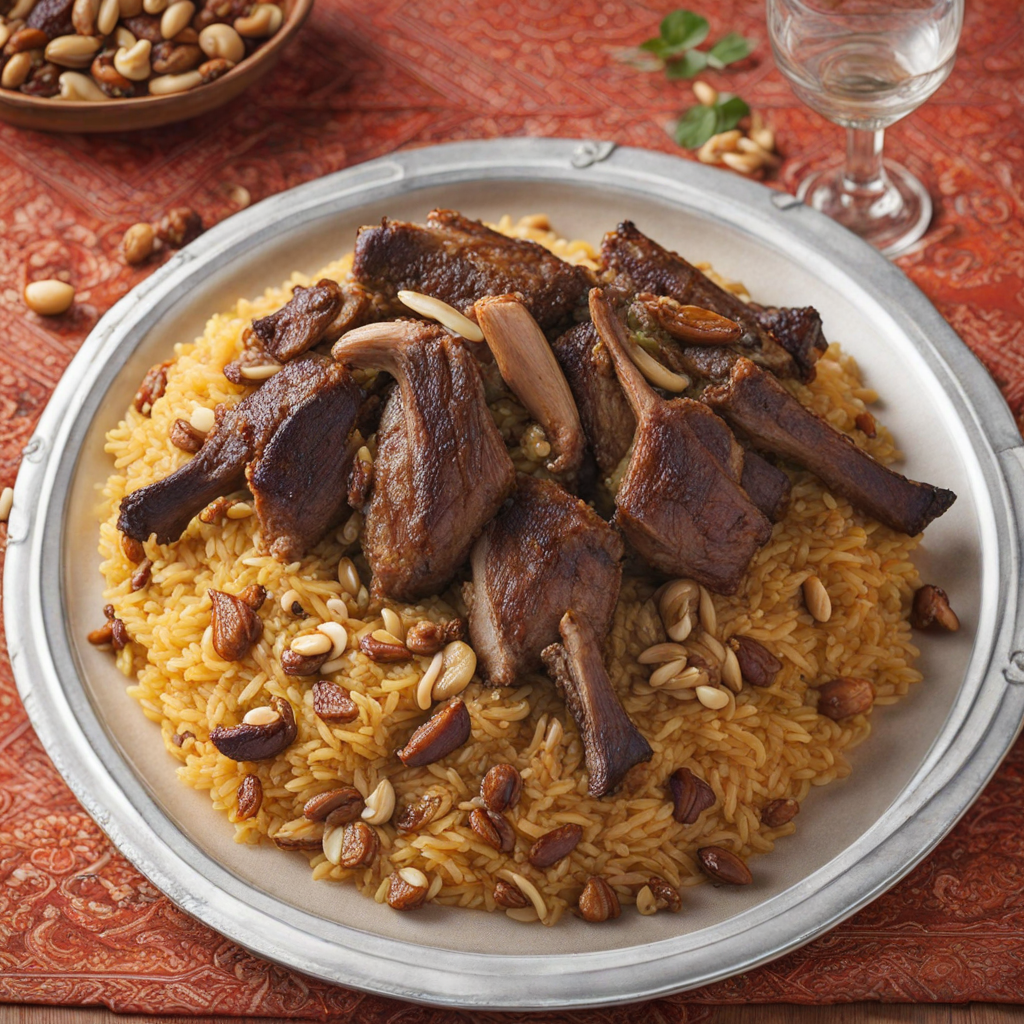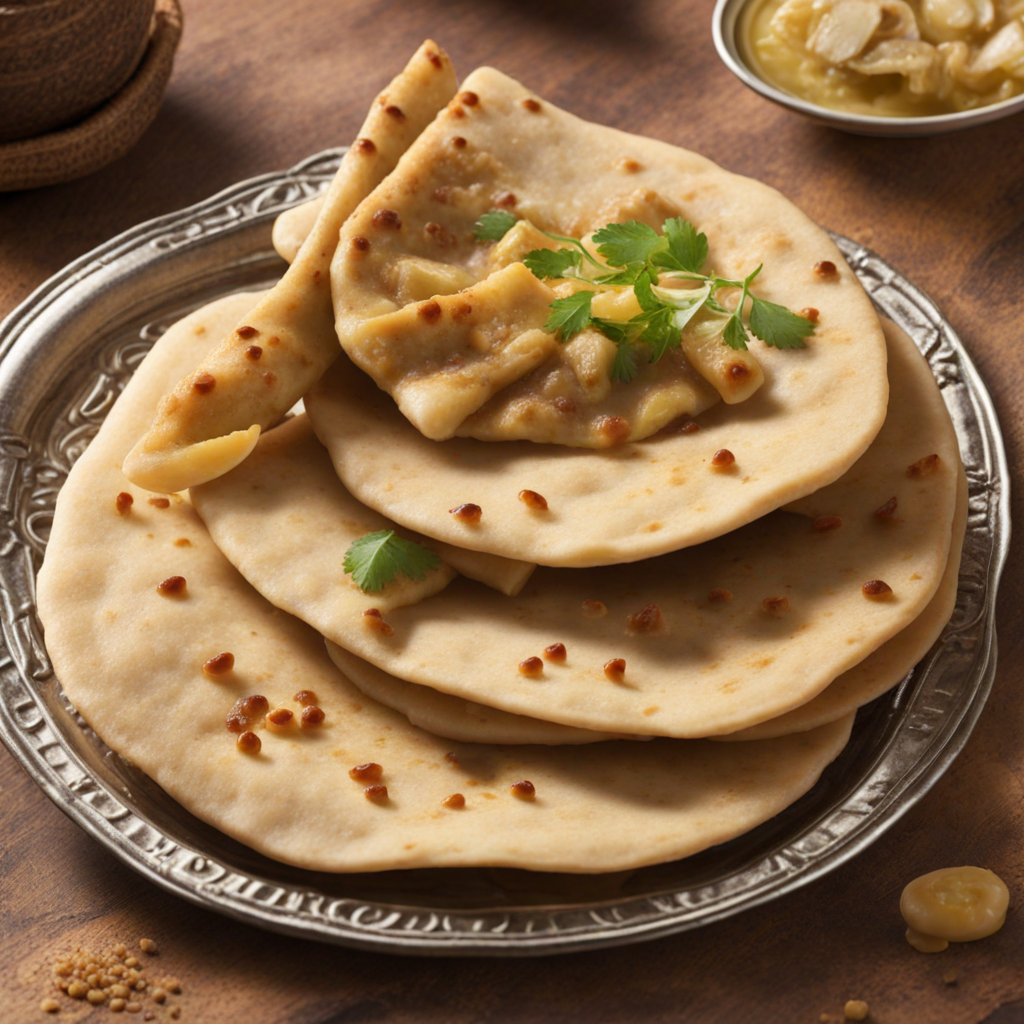Falafel
Falafel is a delightful Middle Eastern dish that has found a special place in the culinary scene of the United Arab Emirates. These golden-brown balls or patties are primarily made from ground chickpeas or fava beans, seasoned with a vibrant blend of herbs and spices, such as cumin, coriander, garlic, and parsley. This combination not only imparts a rich flavor but also creates a unique texture that is both crispy on the outside and soft on the inside, making every bite a satisfying experience. Often, falafel is deep-fried to achieve that irresistible crunch, appealing to those who enjoy a bit of indulgence in their meals. In the UAE, falafel is commonly served in a variety of ways, but one of the most popular forms is as a filling in warm pita bread, accompanied by a medley of fresh vegetables like lettuce, tomatoes, and cucumbers. The addition of tangy tahini sauce or spicy harissa elevates the dish, providing a creamy and zesty contrast that complements the falafel beautifully. Street vendors and restaurants alike take pride in their unique recipes, making it easy to find a version that suits your taste preferences. As you explore the flavors of falafel in the UAE, you will discover why this dish has gained popularity beyond its Middle Eastern roots. It's not just a meal; it's a cultural experience that embodies the warmth and hospitality of Emirati cuisine. Whether enjoyed as a quick snack, a light lunch, or a hearty dinner, falafel offers a delicious opportunity to savor the rich culinary traditions of the region while embracing the joy of trying something new.
How It Became This Dish
The History of فلافل (Falafel) in the United Arab Emirates Origins of Falafel Falafel is a deep-fried ball or patty made primarily from ground chickpeas, fava beans, or both. Though its exact origins are debated, many food historians believe that falafel traces its roots back to ancient Egypt, where it was made from fava beans. It is thought that the dish was popularized among the Copts—Egyptian Christians—during Lent, serving as a meat substitute. The term "falafel" itself comes from the Arabic word "falafil," which denotes a collection of small round things, likely referring to the small, round shape of the fried balls. The spread of falafel across the Middle East, including the Levant and the Arabian Peninsula, reflects the broader historical currents of trade, migration, and cultural exchange in the region. By the mid-20th century, falafel had found its way to the United Arab Emirates (UAE) and became an integral part of the country’s culinary landscape. Cultural Significance In the UAE, where culinary traditions are deeply intertwined with the nation’s identity, falafel is more than just a popular street food. It embodies the spirit of communal eating and hospitality that is central to Emirati culture. Often served in pita bread with a variety of toppings such as tahini sauce, pickles, and fresh vegetables, falafel is a staple in many households and eateries. Falafel is particularly significant during Ramadan, where it is commonly enjoyed as part of the iftar meal, the meal that breaks the fast at sunset. Its popularity during this holy month speaks to its role in bringing families and communities together. The dish is often accompanied by other traditional foods, creating a feast that celebrates both tradition and modernity. Development Over Time As the UAE underwent rapid modernization and urbanization in the late 20th century, the way falafel was consumed and prepared began to evolve. In the early days, it was primarily a street food item, sold by vendors at markets and roadside stalls. This allowed for a vibrant food culture where locals and tourists alike could enjoy the dish at an affordable price. With the influx of expatriates and the growth of the tourism industry, the culinary scene in the UAE diversified dramatically. Restaurants began to offer gourmet interpretations of traditional dishes, and falafel was no exception. Chefs started experimenting with various ingredients, such as adding herbs like parsley and cilantro or spices like cumin and coriander, which enhanced the flavor profile of the falafel. Some establishments even introduced versions made with quinoa or sweet potatoes, catering to contemporary dietary preferences. The rise of health consciousness among residents and visitors also influenced the way falafel was prepared and presented. Many restaurants began to emphasize organic ingredients and healthier cooking methods, such as baking instead of frying. This shift not only aligned with global trends toward healthier eating but also appealed to a more health-conscious audience. Falafel in Contemporary UAE Cuisine Today, falafel is a beloved dish that transcends class and cultural boundaries in the UAE. From upscale restaurants to humble food trucks, you can find falafel in a variety of settings. The dish has become a symbol of the UAE’s multicultural fabric, reflecting the influences of its diverse population. As the UAE positions itself as a global culinary hub, falafel has made its mark on the international stage. Food festivals and culinary showcases often feature falafel as a highlight, celebrating its heritage while embracing innovation. Chefs are now offering unique takes on the dish, such as falafel sliders, falafel bowls, and fusion dishes that integrate local flavors, such as saffron-infused falafel. In addition to its culinary evolution, falafel has also become a subject of academic interest. The dish is often discussed in various contexts, from food anthropology to globalization, as it illustrates how traditional foods adapt and thrive in new environments. Scholars explore how falafel not only serves as a link to cultural heritage but also as a tool for social cohesion in a rapidly changing society. Falafel and the Future As the UAE continues to evolve, so too will the role of falafel in its culinary landscape. With sustainability becoming a pressing global issue, there is a growing emphasis on environmentally friendly practices in food preparation and sourcing. Initiatives promoting local agriculture and seasonal ingredients may lead to new interpretations of falafel, thereby keeping the dish relevant in an ever-changing world. Moreover, as a nation that prides itself on hospitality and cultural exchange, the UAE is likely to see an increased interest in sharing culinary traditions through events, workshops, and culinary tours. These endeavors not only celebrate falafel but also provide opportunities for cultural education and appreciation among residents and visitors alike. Conclusion The journey of falafel from its ancient Egyptian roots to its status as a beloved dish in the United Arab Emirates is a testament to the power of food as both a cultural artifact and a vehicle for social connection. Over the decades, falafel has adapted to the changing tastes and preferences of the people, while still retaining its core elements that resonate with tradition. As the UAE continues to grow as a melting pot of cultures, falafel stands as a flavorful reminder of the country’s rich culinary heritage and the interconnectedness of its diverse populations. Whether enjoyed as a quick snack after a busy day, a centerpiece during Ramadan, or a trendy dish in a modern eatery, falafel remains a cherished staple that speaks to both the past and the future of Emirati cuisine.
You may like
Discover local flavors from United Arab Emirates







